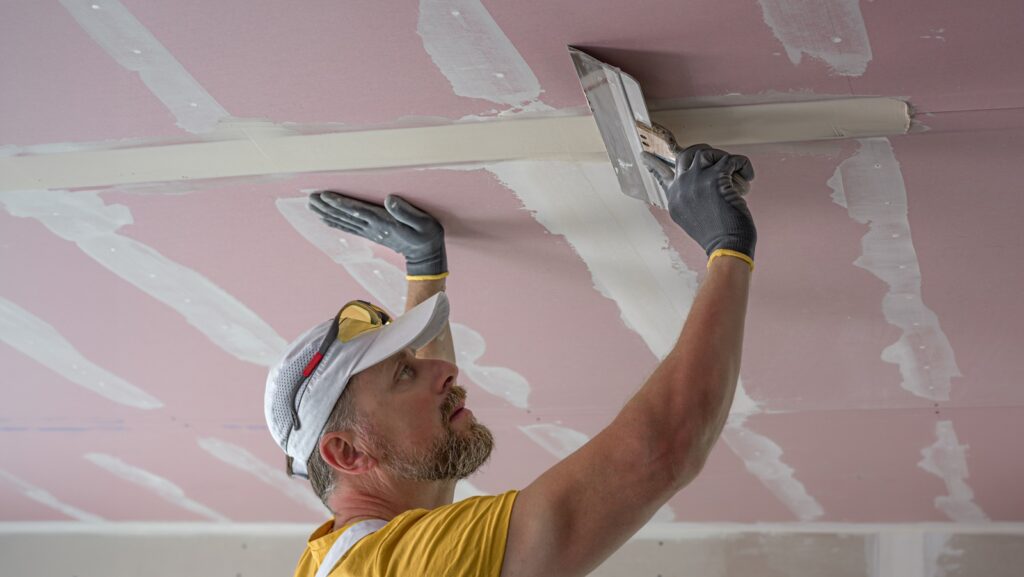
A severe ice storm in January 2023 caused significant damage to a home in Oregon, leading to a complete ceiling replacement. The storm resulted in water flooding the bedroom after the weight of the ice cracked the roof, forcing the homeowners to take immediate action. While professional roofers managed the exterior repairs, the homeowner decided to tackle the interior ceiling replacement with assistance from his brother.
To prepare for the project, the homeowner gathered standard tools necessary for drywall installation. This included a prybar, hammer, drill, utility knife, rotary cutter, joint compound, and a drywall lift purchased from a local Harbor Freight store. Despite the extensive list of tools recommended for drywall projects, one tool emerged as indispensable: the oscillating multi-tool.
The homeowner utilized the DeWalt Atomic 20V MAX Cordless Brushless Oscillating Multi-Tool, which proved versatile for various tasks throughout the renovation. Initially, the demolition phase involved removing the old ceiling, which required detaching lights, fans, and vents, followed by tearing down the drywall. The multi-tool facilitated precise cuts, especially when navigating around obstacles such as joists.
During demolition, several drywall screws were found to be stripped. The oscillating multi-tool’s cutting capabilities allowed for the removal of these screws by cutting their heads flush to the joist. This was crucial for ensuring a smooth surface for the new drywall installation.
After successfully removing the damaged ceiling, the next phase involved installing new insulation and drywall. Most sheets were straightforward to attach, but creating openings for lights and vents required precision. While a rotary cutter could perform this task, the oscillating multi-tool offered cleaner lines and greater control, simplifying the process.
Mistakes are common in DIY projects, and the homeowner faced minor issues such as crumpled edges on the drywall sheets. The oscillating multi-tool proved effective for cutting out damaged sections and creating snug-fitting patches, making repairs almost seamless even before the application of joint compound.
As the project neared completion, additional adjustments were necessary. Vertical trim pieces in the corners of the room were slightly too tall for the new drywall. Instead of removing and reinstalling these trims, the homeowner once again turned to the multi-tool, trimming them down to accommodate the new ceiling.
With the drywall in place, the final steps included filling seams with drywall tape and joint compound, followed by sanding the surface. While drywall sanders are typically used for this, the oscillating multi-tool demonstrated its value once more. Its triangular sanding attachments excelled at reaching corners and tight spaces, effectively smoothing out any irregularities without affecting the surrounding areas.
This experience not only highlighted the importance of having the right tools on hand but also showcased the unexpected utility of the oscillating multi-tool in a home renovation project. The inherent versatility of this tool allowed the homeowner to navigate challenges smoothly, resulting in a successful ceiling replacement and an educational DIY experience.







